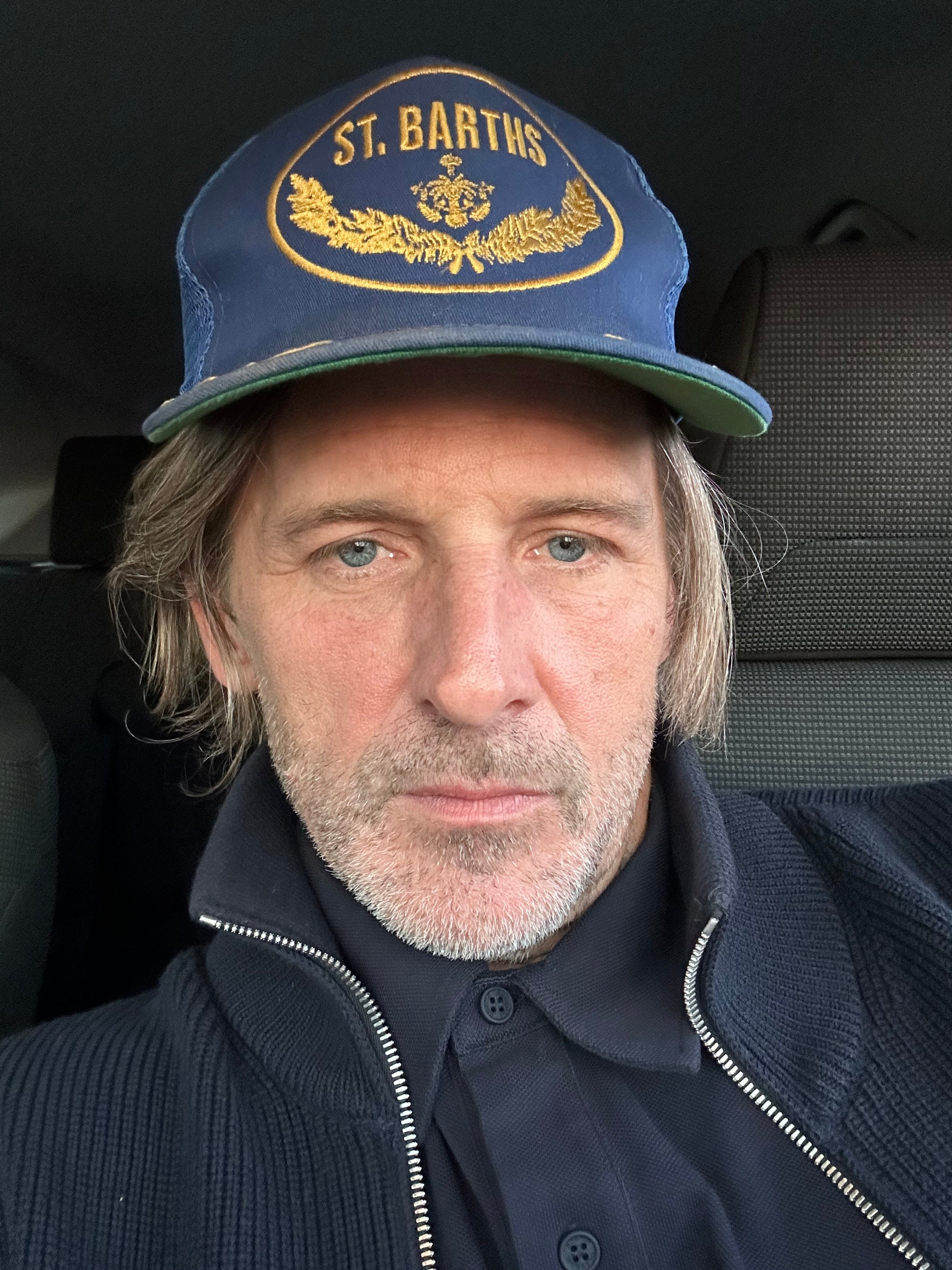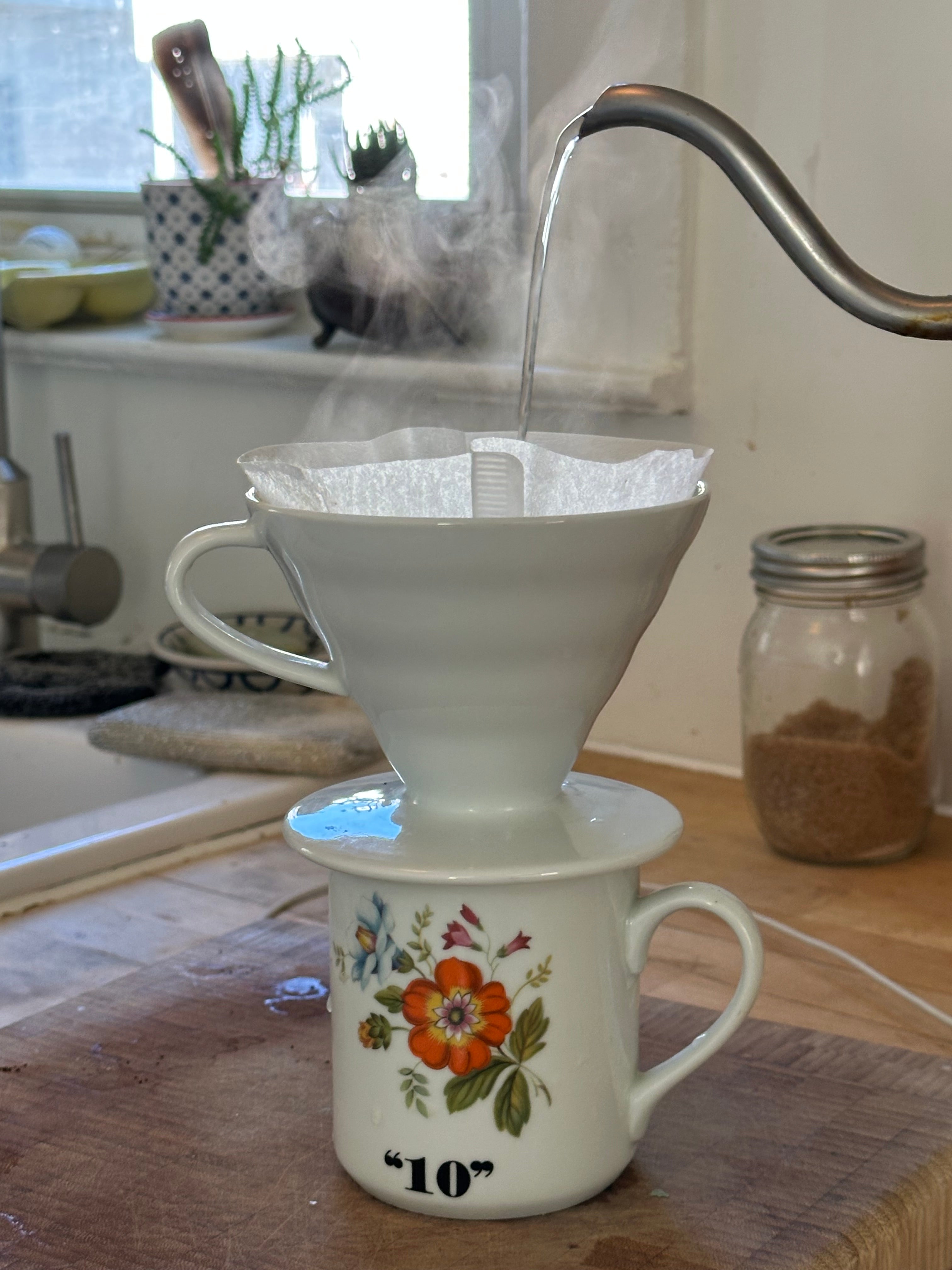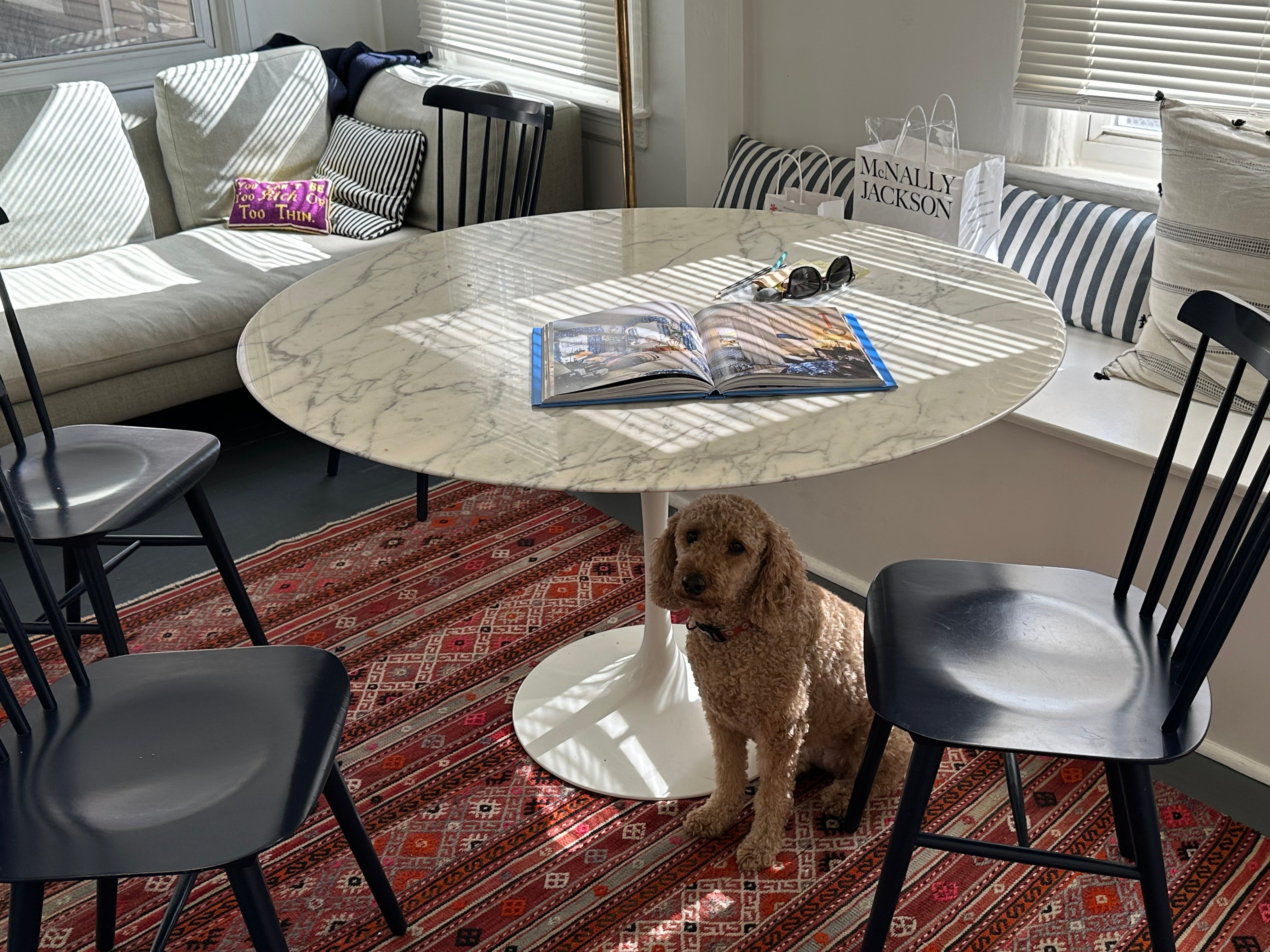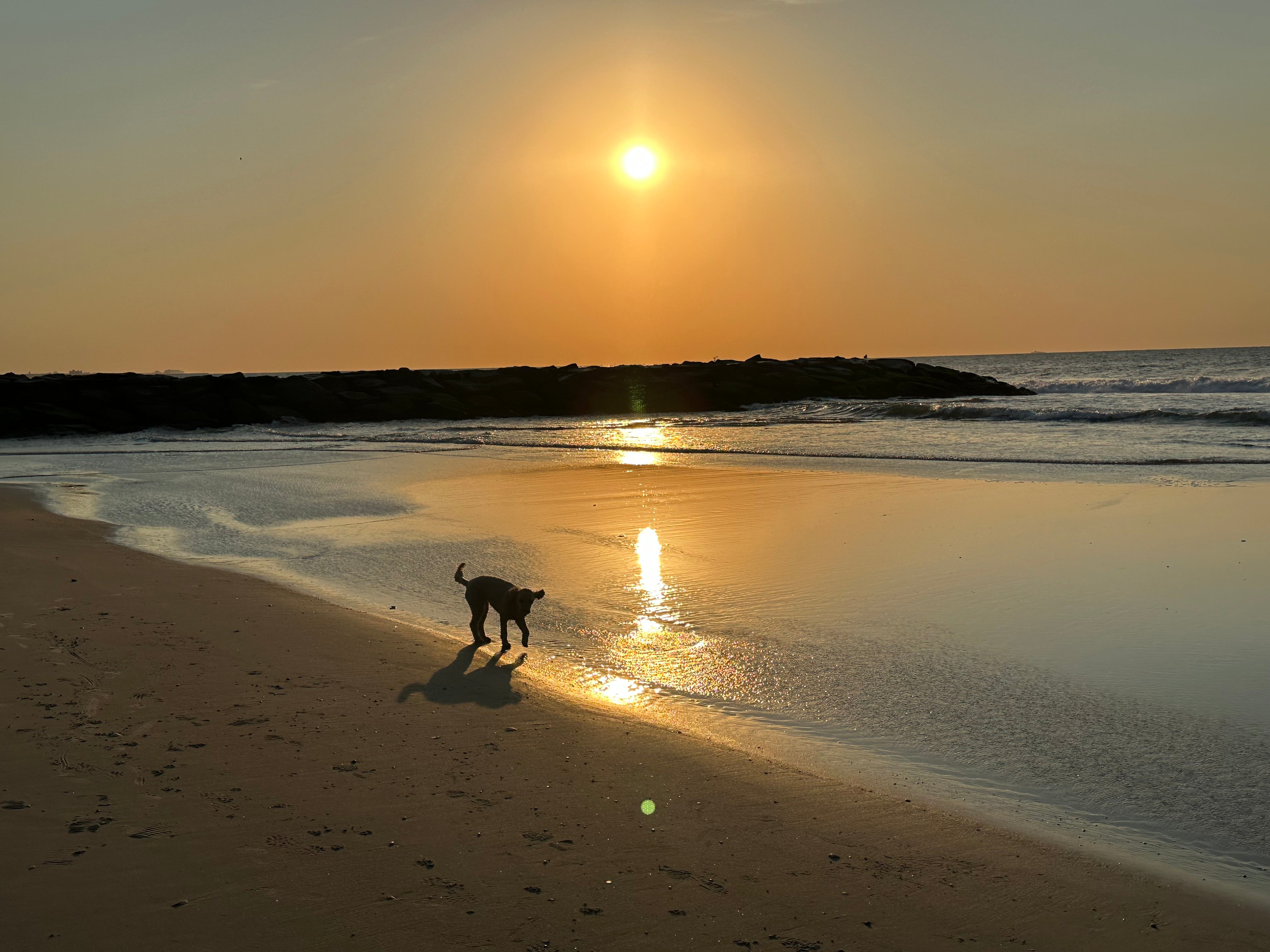
Photography by Roe Ethridge
Author
Jaja Hargreaves
Published
February 04, 2025
In his work, the photographer Roe Ethridge is interested in juxtaposing the familiar and the unexpected. Creating images that tend to focus on everyday encounters, Ethridge uncovers resonances beneath the surface, offering a quiet subversion in a culture that’s arguably over-saturated with visual noise.
Born in Miami, Florida, in 1969, Ethridge first studied photography at the Atlanta College of Art. He went on to embark on a career that has spanned over two decades, and that is characterized by its eclectic range; encompassing portraiture, still life, landscapes, and recontextualized found images. Now based in Far Rockaway, New York, Etheridge has become a key figure in contemporary photography, renowned for his ability to move fluidly between editorial assignments, advertising campaigns, and gallery exhibitions. In his practice, commercial realms and fine art seamlessly intersect.
Etheridge’s approach often involves revisiting images that he once dismissed, and by doing this he uncovers new meanings in his photographs, and surprising connections between pieces, over time. The fluid relationship between his editorial projects and art practice shapes his work in ways that are as unpredictable as they are profound. Here he discusses his relationship with discomfort, the impact of social media and his influences.
How do you navigate the differences between commercial photography and fine art photography? Have you ever felt that these two worlds come into conflict? Or do you find that they influence and feed off each other in unexpected ways?
It has always been both: feeding each other, and fighting each other too. The most obvious way that these different parts of my practice feed off each other is that the editorial work that I make often produces a kind of inventory or 'stock' image archive. For the past few years I’ve noticed that I am often making work in commercial editorial contexts that I know I will use later in something closer to a fine art context, like a book or exhibition. I guess you could say that, in my work, commercial and fine art photography become intertwined, or tie each other up in knots.
In a 2018 conversation with David Campany for The Photobook Review, you mentioned that discomfort plays a role in your editing process, saying that if a sequence of photographs doesn’t make you feel uneasy, that it’s probably not right. How do you navigate this discomfort?
Yes, I used to say that if a sequence didn’t make me nauseous, then it probably wasn’t working. I don’t get that feeling much anymore, but I also quit drinking eight years ago, so maybe I was just hungover before.
I believe the key to creating meaningful work lies in having enough knowledge to understand that fully ‘knowing what you’re doing’ isn’t always helpful. It’s more important to take risks as an artist than to be overly confident that you’ve made something ‘good’. It’s a bit like letting loose with your creative process—embracing uncertainty and making reckless choices. I’m definitely noticing a bit of a drinking metaphor here!

Roe Ethridge
It’s important to take risks as an artist
You’ve named artists like Alex Katz, Lee Friedlander, and Paul Outerbridge as influences. Katz is known for his minimalist, bold portraits and landscapes, Friedlander for his street photography that captures everyday American life with unconventional framing, and Outerbridge for his pioneering use of colour photography and surreal compositions. How do their ideas of ordinariness and experimentation still shape your work today, especially with all the new technology you're using?
That’s a tough one. Now that I’m getting older, it feels like my influences have become more internalised—almost fully digested. I sometimes catch myself thinking, ‘This looks like an iPhone version of Outerbridge,’ or ‘That’s like if Friedlander and Jeff Wall had a baby’. Like many artists from different generations, I connect with the everyday as both subject matter and as a way to frame my perspective and creative process. Technology has become just another part of that ordinary world. It can be frustrating, but so was dealing with 4x5 film, contact sheets, boxes of bad prints, and curled-up Polaroids that I couldn’t bring myself to throw away for one reason or another.
In an online era, do you think photography still has the power to shock or provoke? Does that change the way you approach your own work?
I’m sure that photography does still have the power to shock or provoke. I never think of ‘shock’ as the first aim of any of my pictures, but it has happened a few times. Actually the Andrew WK picture [an image by Etheridge of the American musician Andrew WK with blood streaming down his face, which was used for the cover of Andrew WK’s debut album, I Get Wet] was intended to be provocative and it was so, but in ways that I hadn’t intended.

Photography by Roe Ethridge
I never think of ‘shock’ as the first aim of any of my pictures
You’ve embraced digital tools like InDesign for sequencing. How has working digitally, and using platforms like Instagram, changed how you approach photography?
Now I have more autonomy, a smaller studio, and no employees except a bookkeeper. I can surf more, drive more, pull over and shoot with my phone more.
Social media has changed how we experience images. Do you find this shift exciting, challenging, or both? Has it influenced the way you think about your own photography?
I’m sure social media has influenced my work in some way, but I don’t think I can quite pinpoint exactly how. What I do know is that my favourite part of the creative process is sequencing—it’s like writing music. I don’t really connect that love of sequencing to social media, though. That said, I’m sure social media is having some effect on my work. As we discussed earlier though, I’m drawn to the ordinary, and these days, nothing is more ordinary than technology.
Is film a medium you’ve ever considered exploring?
I love the idea of making short films or vignettes. For some reason, I have been thinking a lot about the American artist William Wegman’s early video pieces recently. They’re these rough, stellar, hilarious little moments shot on Beta. That kind of raw, direct-to-camera feel—it’s so immediate, you can feel the spontaneity. A feature though? That feels like a military operation—too much structure, too many moving parts. I’m much more drawn to the idea of being on a mission, mercenary-style: travel light, capture something unexpected, be able to shift directions on a whim. That’s where discovery happens, in those unplanned moments.

Photography by Roe Ethridge
These days, nothing is more ordinary than technology
What have you learned about yourself through your photography?
Life is amazing and also unbearable. We should try to make things better every day, and I like to think that images can do that, even just in small ways. Maybe that’s all that is needed in life: lots of small changes for the better.
I would love to know what you are currently reading?
Some George Saunders short stories, including one called “Sea Oak” from 1998. I had a Frank O’Hara book in my backpack for a month, and I read some of it, but it feels like it’s from ancient times. That can be fine, but I just kept wondering, is there a great poet who I should be reading right now?

Photography by Roe Ethridge


